Many visitors to Seoul rely almost entirely on the subway, and for good reason. It’s efficient, easy to understand, and well-covered in most travel guides. But once you’ve figured out the basics of the bus system, you may find it’s actually the more flexible (and scenic!) way to get around the city.
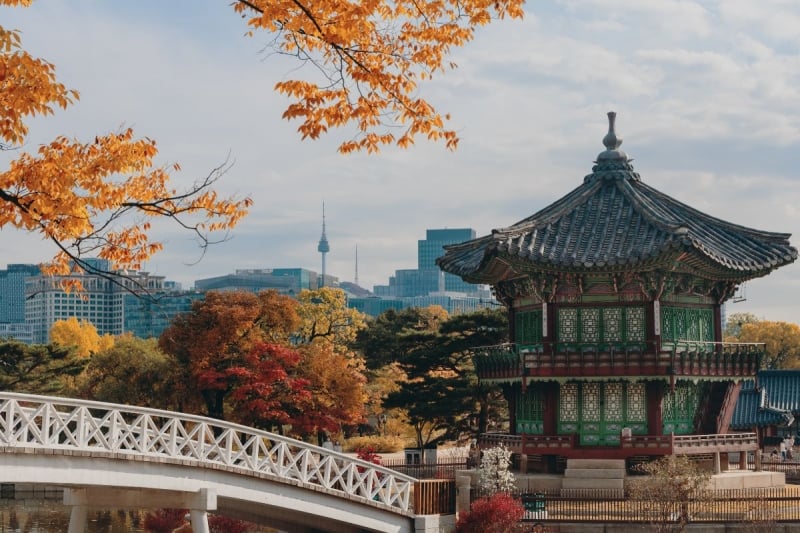
Image Credit: Marco Devon from Studio South Korea via Canva Pro
This guide is for first-time travellers who are curious about taking the bus in Seoul but aren’t sure where to start. It covers how the system works, how to ride confidently, and what to expect along the way, with an emphasis on making the unfamiliar feel manageable.
Also read: 8 Insider Seoul Travel Tips Singaporeans Must Know in 2025
Understanding the Seoul Bus System
Seoul’s buses are colour-coded by route type. While the colours may initially seem like just another layer of complexity, they’re designed to help you understand how each bus functions within the broader network.
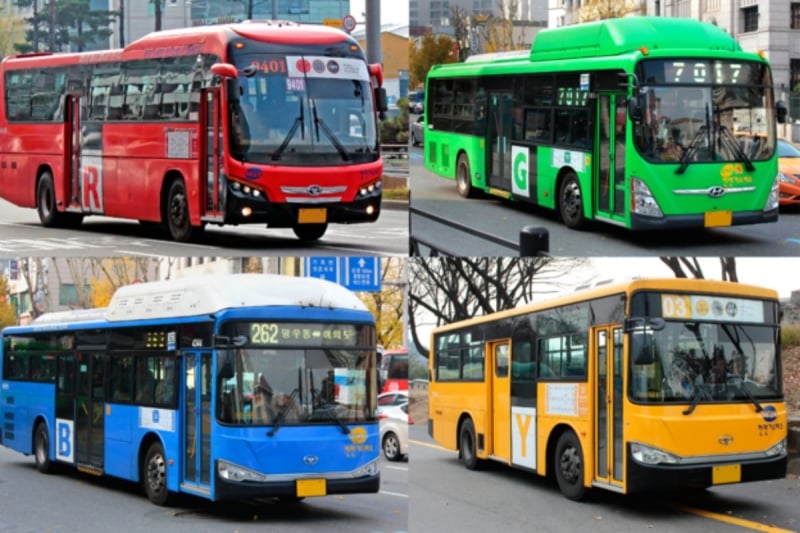
Image Credit: Minseong Kim via Wikimedia Commons
-
Blue buses connect major districts across long distances. These are the main trunk lines and often run through key areas like Jongno, Gangnam, or Hongdae.
-
Green buses operate on shorter routes, usually linking neighbourhoods to subway stations or trunk lines.
-
Yellow buses loop within a single district, such as downtown Jongno or central Gangnam.
-
Red buses are express routes that connect Seoul to surrounding cities like Suwon or Incheon. They’re useful if you’re staying in a suburb or heading out of the city for a day trip.
-
In addition to these, local town buses (often small green buses) serve residential areas that larger vehicles can’t reach, and night buses run between midnight and 4 a.m., connecting major areas during off-hours.
Each type of bus plays a different role in the system, and once you recognise their functions, navigating Seoul becomes much more intuitive.
Also read: How to Ride the KTX in South Korea: Tips & Tricks for a Smooth Journey.
Preparing for the Ride
To use Seoul’s buses, you’ll need a T-money or CashBee card. These are the same ones used for subways, taxis, and some convenience stores. These cards can be purchased and reloaded at any convenience store or subway station, and having one significantly speeds up the boarding process.
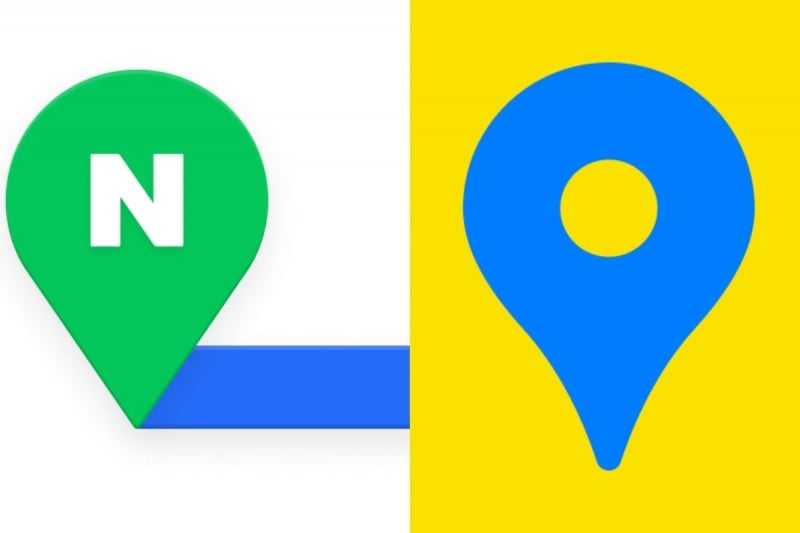
Image Credit: (L-R) Naver Map App; Kakao Map App
Before heading out, check the route using either Naver Map or KakaoMap. These apps are widely used in Korea and provide accurate, real-time information about arrival times, current bus locations, and nearby stops. Google Maps is not reliable for public transport in Seoul, so it’s worth familiarising yourself with the local apps.
Also read: Best Korea Travel Apps to Download For Your Trip in 2025
What to Expect Onboard
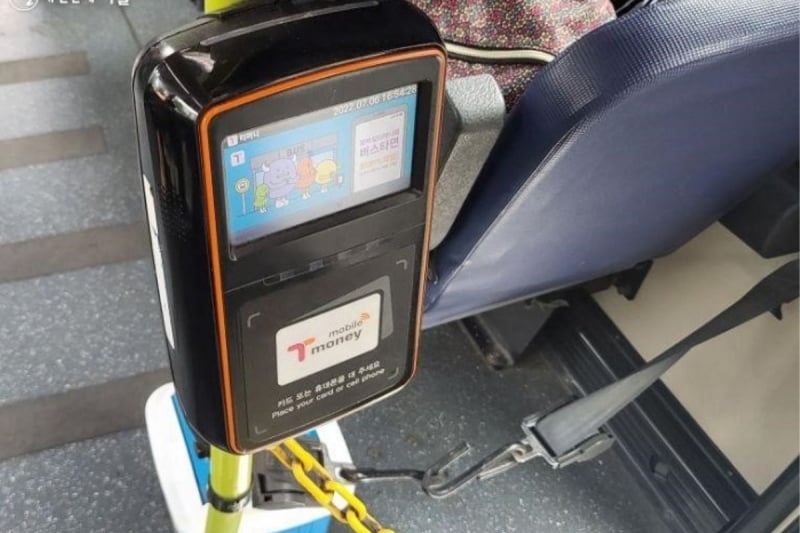
Image Credit: Seoul Metropolitan Government Official Website
When the bus arrives, board through the front door. Tap your card on the reader next to the driver. If you’re paying for more than one person, hold up the correct number of fingers, and the driver will process the payment accordingly.
Seats near the front are reserved for the elderly, disabled, pregnant, or those with infants. It’s common courtesy to avoid sitting in these unless the bus is full.
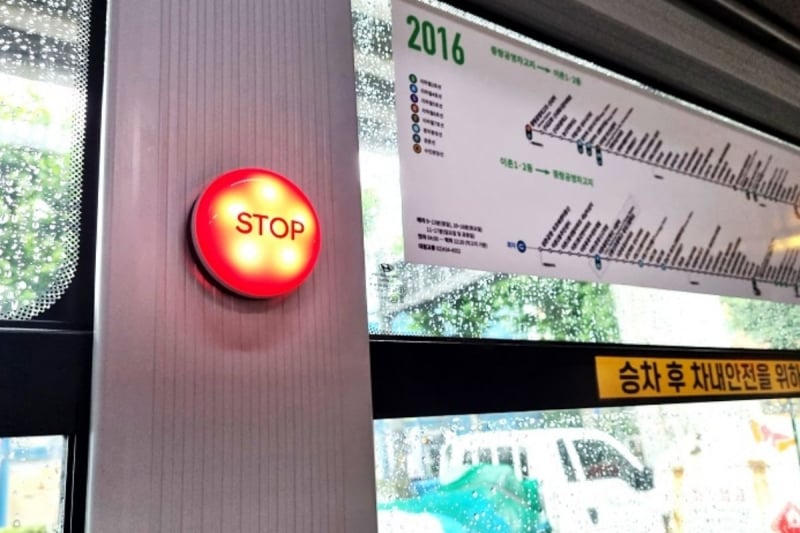
Image Credit: Seoul Metropolitan Government Official Website
Stops are announced in Korean, English, and Chinese. You can also follow the stop progression on a screen above the driver. When your stop is approaching, press the bell. If you don’t, the bus won’t stop, especially on less crowded routes.
To alight, move toward the back and tap your card again on the exit reader. This is important for calculating the fare and unlocking transfer discounts, which apply if you switch to another bus or the subway within a specific time window.
Also read: How to Travel Around South Korea by Intercity Bus: A First-Timer’s Guide.
Tips for a More Comfortable Ride
Buses in Seoul are generally clean, safe, and punctual. But like any public system, they come with their own rhythms. A bit of preparation goes a long way in making your journey smoother.
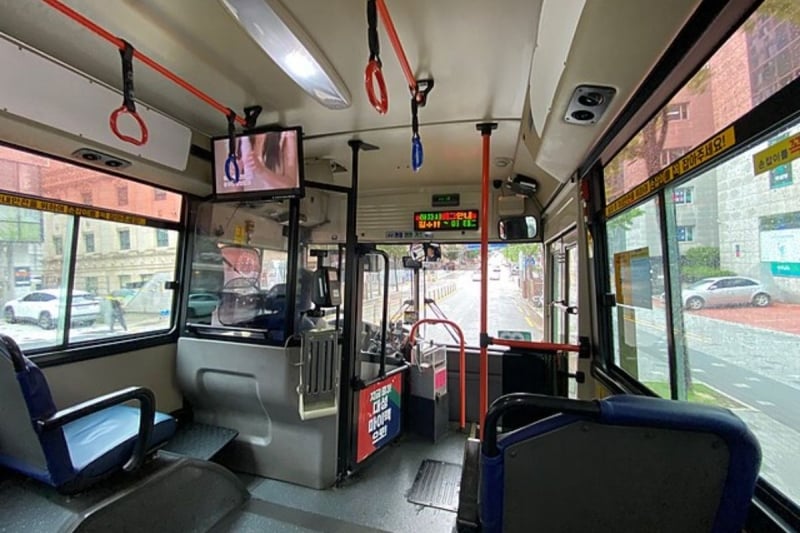
Image Credit: Sgroey via Wikimedia Commons
Avoid peak hours if you can.
Weekday mornings between 7 am and 9 am, and evenings between6 pmm an8 pmpm, are the busiest times. Buses during these hours can be packed, especially the blue and green lines that serve office districts and residential areas.
Stand safely if the seats are full.
If you’re standing, hold onto the overhead handles or poles, as Seoul’s buses often accelerate and brake quickly. It’s also courteous to move further into the bus rather than standing near the entrance, especially during busy times.
Keep your volume low.
Korean public transport culture tends to be quiet. Loud phone calls or music, even through headphones, are generally frowned upon.
Be mindful of reserved seats.
Seats with different coloured covers or stickers are designated for passengers who need them more, usually elderly individuals, people with disabilities, or pregnant women. Even if these seats are empty, it’s best not to occupy them unless necessary.
Plan your exit early.
Once your stop is announced or appears on the screen, press the bell and start moving toward the back door. Some routes move quickly, and drivers may not stop if no one signals in time. If you’re unfamiliar with the area, tracking your route in real time on your phone can help you avoid missing your stop.
If in doubt, observe or ask.
Many locals are familiar with how the system works, and while not everyone may speak English fluently, a polite gesture or showing your map can often help. Bus drivers typically speak only Korean, but they are usually helpful if you show your destination clearly.
Also read: How to Ride the Shinkansen in Japan: 8 Hacks Every Traveller Should Know
Final Thoughts

Image Credit: cyjenny125 via Canva Pro
Taking the bus in Seoul might seem daunting at first, especially if you’re unfamiliar with the language or layout of the system. But once you give it a try, you’ll likely find that it’s one of the most convenient and rewarding ways to explore the city. It’s affordable, efficient, and offers a view of daily life that the subway often misses.
The bus system also gives you access to places that aren’t as easily reached by train — quieter neighborhoods, smaller local shops, and scenic routes through less-touristy areas. For travellers who enjoy seeing a city beyond its landmarks, the bus is a valuable tool.
Start with a route you’re comfortable with, use the recommended apps to track your ride, and don’t worry about getting everything perfect. With a bit of patience and curiosity, navigating Seoul by bus can become second nature and might even become your preferred way to get around.




